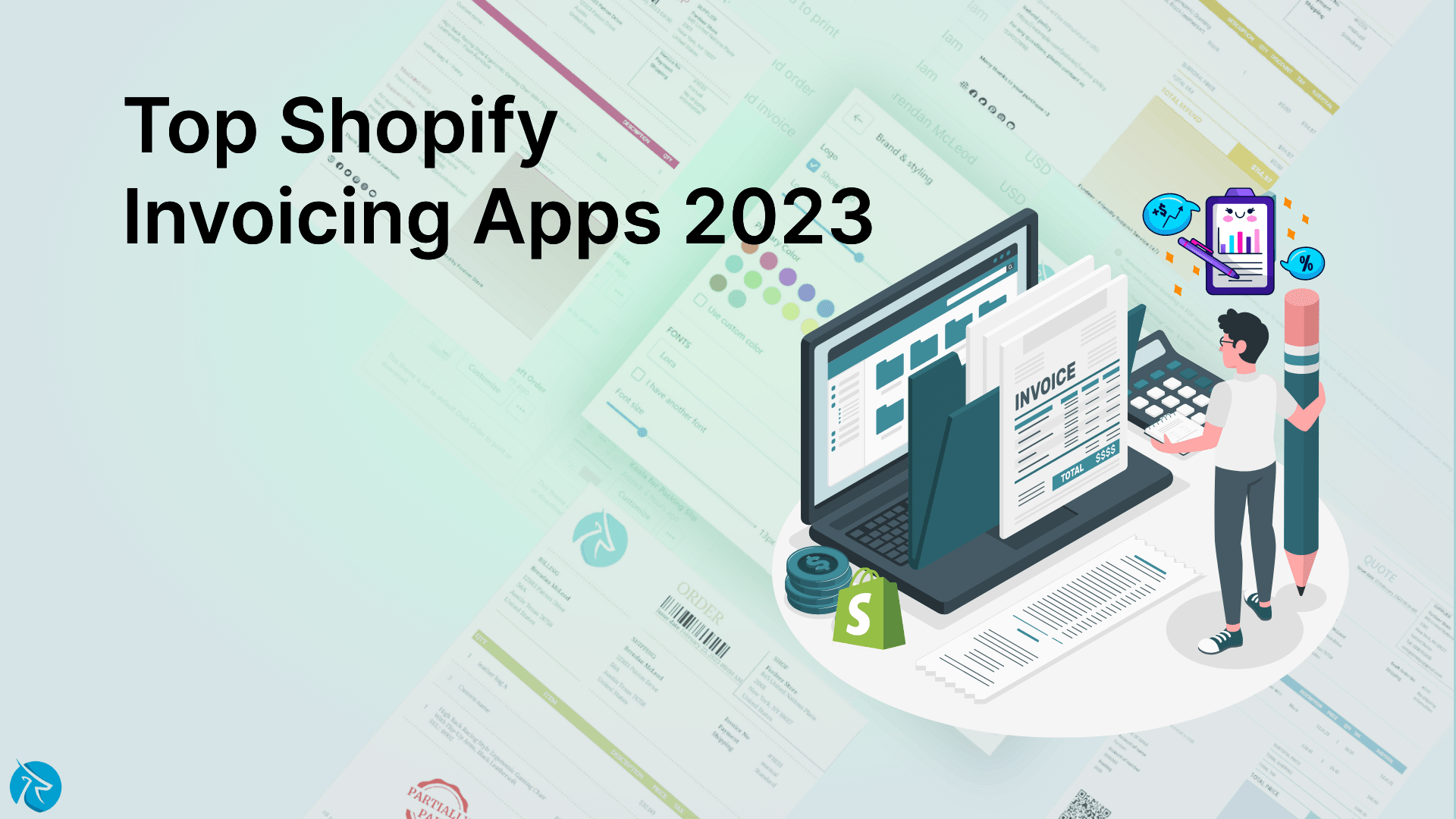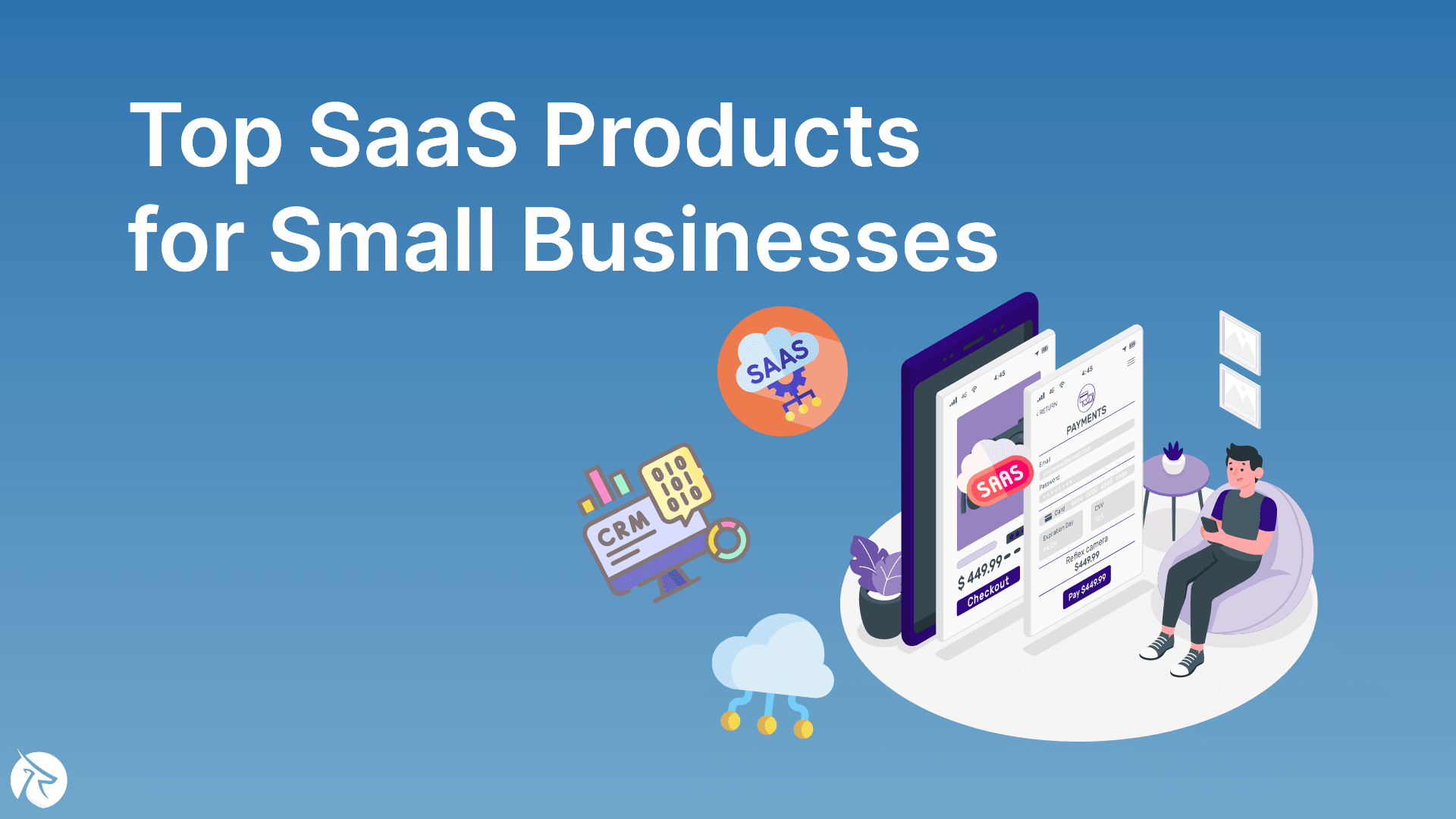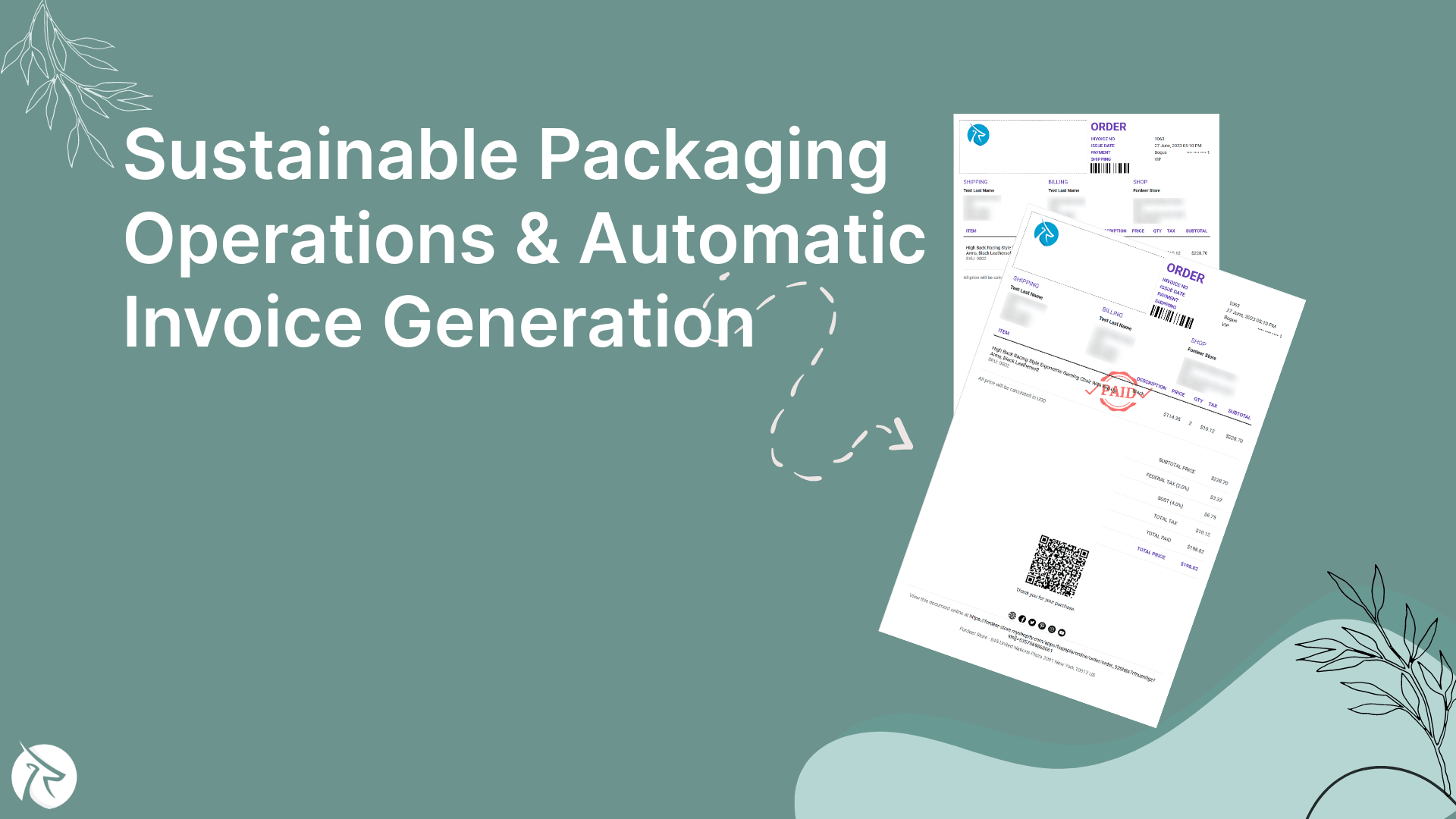E-Invoicing Software: The Ultimate Guide to Streamlining Your Business's Financial Transactions

Your business is facing significant challenges due to a high volume of transactions and a shortage of manpower. You're actively seeking an efficient solution to facilitate your business's growth, optimize resource utilization, and boost productivity. There's no need to be concerned because Fordeer is here to assist you!
E-Invoicing Software - Solution for your business!
The digital revolution has ushered in a multitude of innovations, profoundly altering the operational landscape for businesses. Among these transformative tools is e-invoicing software, which has significantly facilitated this transition. Electronic invoicing software has evolved into a crucial and arguably indispensable component for businesses of all scales, aligning with the prevailing global shift towards a paperless future.
Within this comprehensive guide, we will delve deeper into the realm of electronic invoicing software. We will explore its merits, functionalities, and practical applications, while also providing guidance on selecting the most fitting solution for your business needs. Join Fordeer in this extensive guide as we embark on an informative journey to unravel everything about this revolutionary technology.
E-Invoicing Software
What is an electronic invoice?
An electronic invoice, often referred to as an e-invoice, serves as a digital alternative to the conventional paper invoice. It encapsulates the identical information found on a traditional invoice but is managed electronically through a computer or mobile device. These e-invoices are usually formatted as PDFs but can adapt to various file formats based on user preferences or processing systems.
Managing electronic invoices is made efficient by utilizing document management system (DMS) software such as PairSoft. Remarkably, this software can even convert physical paper invoices into electronic counterparts.
For instance, with the PairSoft mobile app, a snapshot of a paper invoice taken with your device's camera is transformed into a digital invoice. Subsequently, it is intelligently categorized and securely stored in cloud servers.
What does electronic invoice processing look like?
To better elucidate the advantages of adopting a paperless invoicing system, it's beneficial to contrast it with the conventional procedure for processing and approving invoices, which typically involves the following sequential stages:
- The supplier generates a physical invoice and dispatches it to your company via a courier service or traditional mail.
- Within your organization, an individual receives the incoming invoice, subsequently forwarding it to the accounts department.
- The invoice is then documented, organized, and subjected to a rigorous approval process. This involves a meticulous three-way comparison, wherein the invoice is cross-referenced with the corresponding purchase order and the specifics of the product shipment.
- Upon verification and confirmation of its accuracy, the invoice is routed to the designated approver.
- The assigned personnel review and grant their approval for the invoice.
- The payment is initiated and forwarded to the supplier.
- In contrast, a paperless invoicing system streamlines and accelerates this entire invoicing and approval workflow, reducing the need for physical documents and manual handling.
Understanding E-Invoicing Software
E-invoicing software, a digital platform that revolutionizes invoicing processes, has become indispensable for modern businesses. It replaces traditional paper-based invoicing systems with electronic counterparts, offering a plethora of advantages.
This innovative software simplifies the creation, transmission, and reception of invoices electronically. It eliminates the need for physical documents, reducing costs and environmental impact. E-invoicing minimizes human errors, enhancing overall accuracy and efficiency in financial transactions.
The legal and compliance aspects of e-invoicing
Businesses are expected to automate the invoicing process and use electronic invoices to meet VAT auditing and reporting needs. This is very important for a business because it is related to legality.
For example, the European Commission issued this directive in 2001 and named it Council Directive 2001/115/EC (also known as EU115). It has since been updated and is now known as Directive 2006/112/EC. Let's go through a few notes about e-invoicing related to legal and compliance.
How do we ensure e-invoicing compliance?
Advanced Electronic Signatures serve as a safeguard against any alterations to the invoice content. Electronic Data Interchange (EDI) facilitates standardized electronic communication between companies.
Through electronic invoicing (e-invoicing), businesses eliminate the need for paper documentation to comply with Value Added Tax (VAT) regulations. An advanced electronic signature offers unique identification of the signer, with exclusive control over the signing key.
To qualify as an advanced electronic signature, it must meet the following criteria:
- Distinctly identify and connect to the signatory.
- Ensure that the private key used for creating the electronic signature is solely controlled by the signatory.
- Detect any unauthorized changes to the data after signing.
- Automatically invalidate the signature if any accompanying data is altered.
Important concepts of global compliance
There are fundamental concepts essential for complying with e-invoicing regulations across various jurisdictions. These include:
- Origin Authentication: It's crucial that the invoice genuinely originates from its claimed source. A QR code verification tool can swiftly confirm the e-invoice's authenticity.
- Content Integrity: The content of the invoice must remain unaltered. An advanced electronic signature, controlled solely by the signatory, can identify any tampering with the data. If alterations are detected, the signature becomes invalid.
- Standardized Formatting: To ensure readability, e-invoices should adhere to the format accepted in the recipient's country. For instance, a German company sending an e-invoice to the Italian government must use the FatturaPA format.
- Storage Requirements: This specifies the duration for which e-invoices must be accessible for tax audits and inspections, as well as the designated location for the archive.
Businesses are obliged to adhere to their country's specific e-invoicing regulations. In cases where companies send e-invoices internationally, it is essential to acquaint themselves with the e-invoicing laws applicable in the recipient's country.
The benefits of transitioning to electronic invoicing
Transitioning to electronic invoicing offers a multitude of tangible benefits that can significantly transform the financial landscape for businesses of all sizes. Here's an in-depth look at these advantages:
Cost Savings: The adoption of electronic invoicing immediately translates into substantial cost savings. Businesses can eliminate the expenses tied to paper invoices, including printing, postage, and manual data entry. This represents not only a reduction in operational costs but also a positive impact on the bottom line.
Increased Efficiency: Electronic invoicing streamlines the entire invoicing process. It dramatically reduces the time required for creating, sending, and tracking invoices. Automatic features, such as payment reminders and notifications, also minimize the need for time-consuming follow-up communication, further enhancing operational efficiency.
Improved Accuracy: The automated nature of e-invoicing software significantly reduces the potential for human error associated with manual data entry. This, in turn, ensures that invoices are consistently accurate and free from costly mistakes or discrepancies.
Better Cash Flow: A key advantage of electronic invoicing lies in its ability to expedite payments. By enabling quicker invoice processing and payment, businesses can improve cash flow management. Real-time visibility into the status of invoices further empowers organizations to plan their finances effectively.
Enhanced Security: Electronic invoicing provides a secure platform for the exchange of invoices. It effectively mitigates the risks associated with fraud or data breaches, offering peace of mind to both businesses and their clients.
Environmental Friendliness: Beyond the immediate financial benefits, e-invoicing aligns with environmentally conscious practices. By reducing paper consumption, printing, and the need for physical document storage, it significantly reduces a business's environmental footprint. This eco-friendly approach not only demonstrates a commitment to sustainability but also resonates positively with environmentally-conscious customers and partners.
Key Features of E-Invoicing Software
E-invoicing software offers a range of powerful features designed to enhance efficiency and streamline financial processes for businesses. Here are some key features:
Automated Invoicing: E-invoicing software automates the entire invoicing process, from generating invoices to sending them to clients. This automation saves time and ensures invoices are created promptly.
Customizable Templates: Businesses can personalize their invoices with customizable templates, aligning them with brand identity and presenting a polished and professional image to clients.
Payment Tracking: E-invoicing software simplifies payment tracking, enabling businesses to monitor the status of invoices and ensuring timely receipt of payments. This capability enhances cash flow management.
Integration with Accounting Software: E-invoicing software seamlessly integrates with existing accounting software, creating a cohesive financial management ecosystem. This integration ensures accurate record-keeping and eliminates the need for manual data entry.
Multi-Currency Support: Businesses engaged in international transactions benefit from e-invoicing software's support for multiple currencies. It allows for invoicing clients in their preferred currency, simplifying cross-border transactions and catering to a global clientele.
Choosing the Right E-Invoicing Software for Your Business
By diligently following these steps, you can make a well-informed decision when selecting the right e-invoicing software for your business. This careful consideration ensures that the chosen solution aligns seamlessly with your specific needs and contributes to your business's success.
Step 1: Assess Your Business Needs
Identify your invoicing volume, the complexity of your invoicing processes, integration needs with existing systems, and your budget constraints. Understanding your specific needs is the foundation for choosing the most suitable e-invoicing solution.
Step 2: E-Invoicing Solution Requirement Analysis
Next, delve into a detailed requirement analysis. This involves defining essential features such as automation capabilities, customizable templates, payment tracking, multi-currency support, and any industry-specific requirements. Having a clear list of non-negotiable features will guide your selection process.
Step 3: Validate the E-Invoicing Solution Provider
Thoroughly research and validate potential e-invoicing solution providers. Assess their reputation, customer support, and the scalability of their solutions to ensure they align with your long-term business goals.
Step 4: Request a Demo or Trial
Before committing to any e-invoicing software, request a demo or a trial version. Hands-on experience will help you gauge user-friendliness, the intuitiveness of the interface, and how well the software aligns with your business processes. Ensure it meets your customization and integration needs.
Step 5: Read Reviews and Testimonials
Lastly, delve into reviews and testimonials from other businesses that have used the e-invoicing software you're considering. Real-world experiences and feedback can provide valuable insights into the software's performance, reliability, and customer satisfaction.
In the nutshell
In conclusion, e-invoicing software is a transformative tool that can streamline your business's financial transactions. From reducing costs and increasing efficiency to improving accuracy and cash flow management, it offers a multitude of benefits.
By choosing the right solution tailored to your needs, you can harness the full potential of e-invoicing software, making your financial operations more efficient and contributing to a sustainable business environment.











